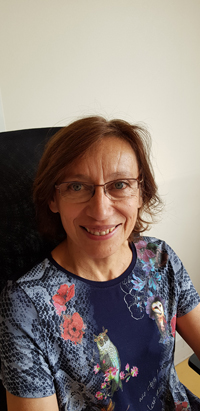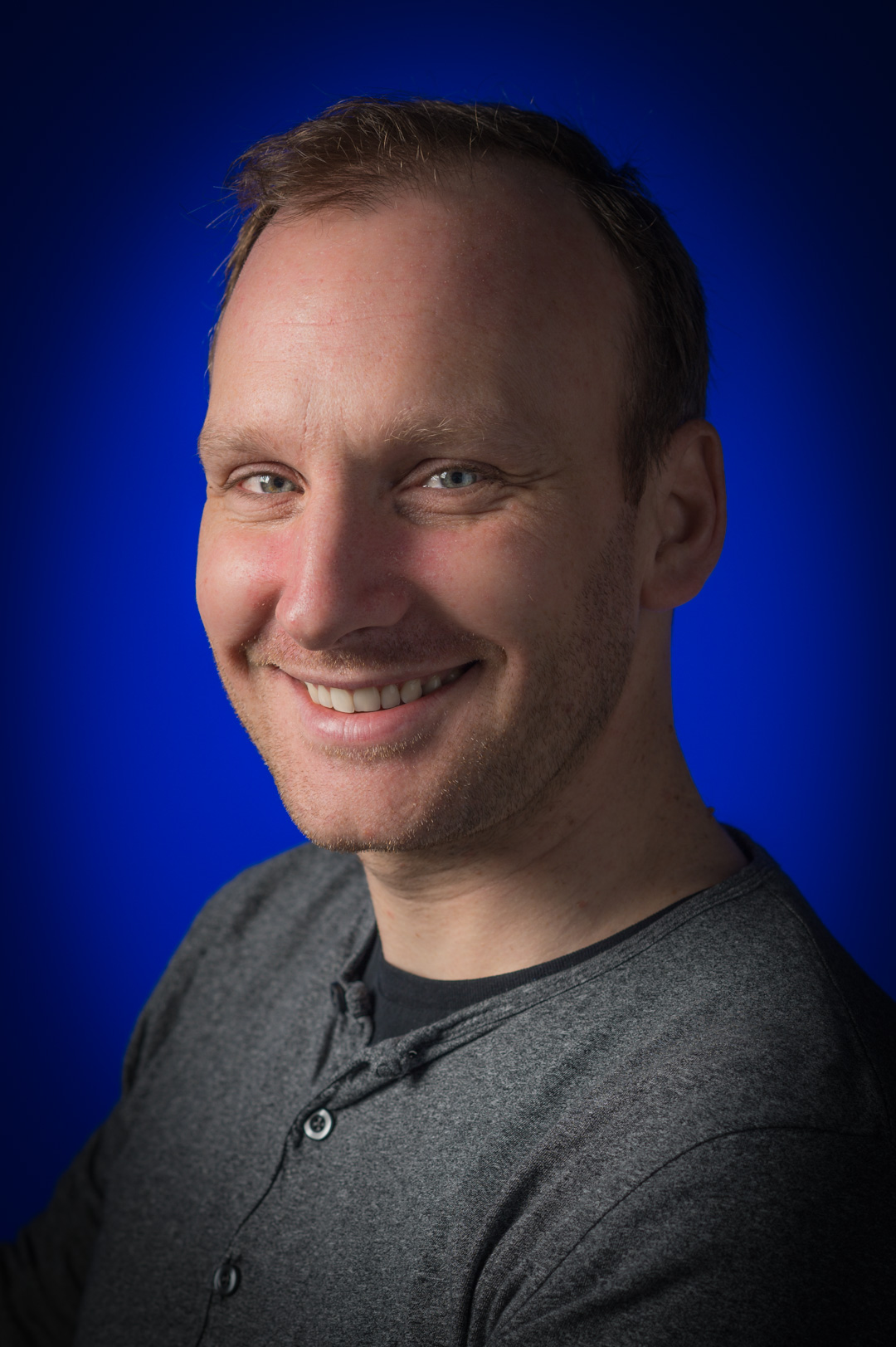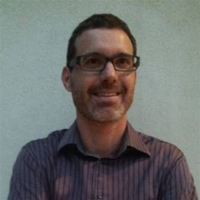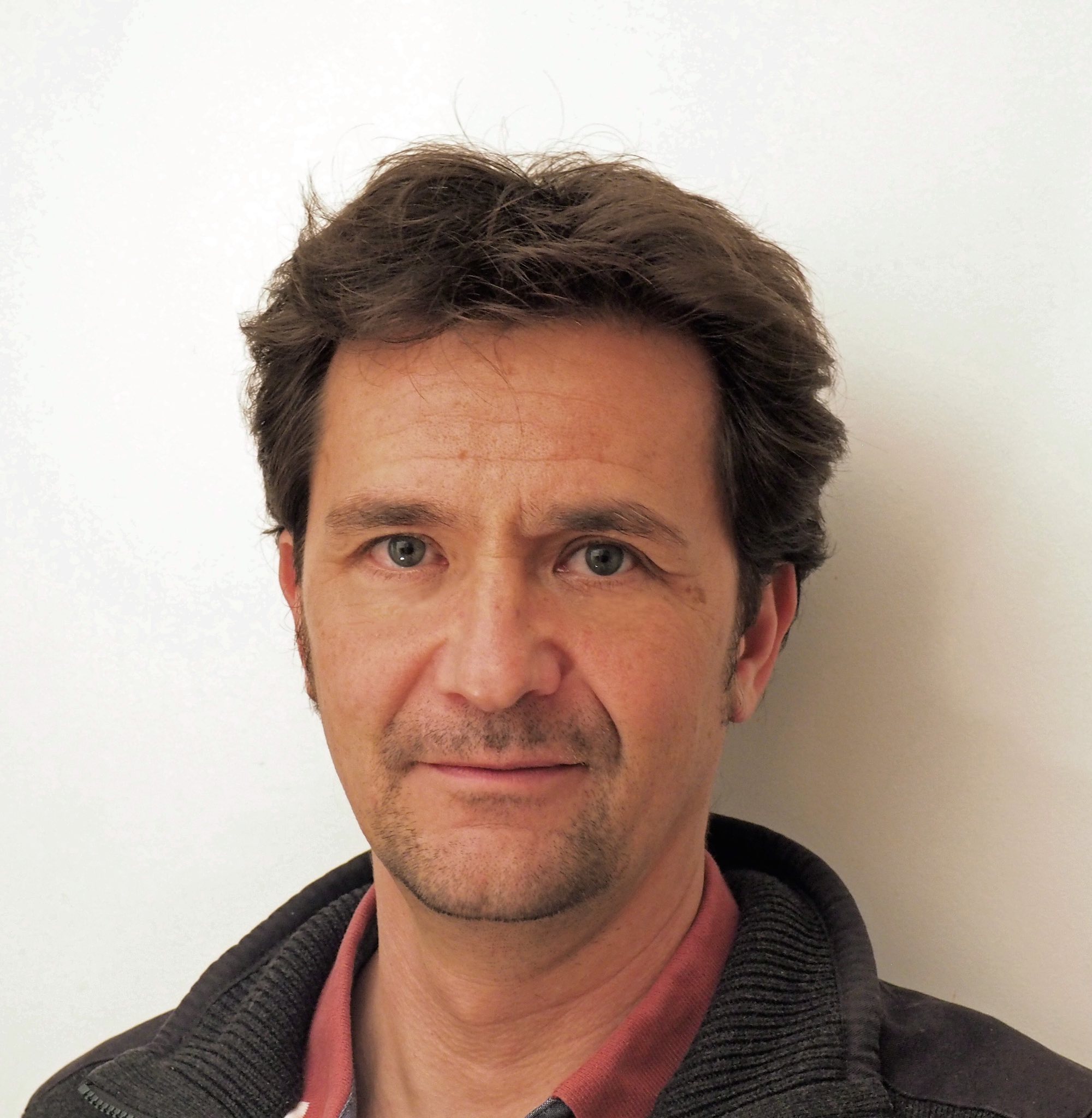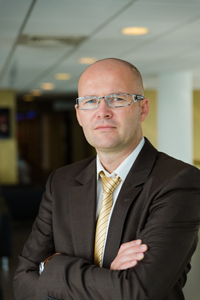Profile & expertise
A leader in research, development and innovation, the CEA, French Alternative Energies and Atomic Energy Commission (Commissariat à l’énergie atomique et aux énergies alternatives), is active in four main areas: low-carbon energies, information technologies and health technologies, Large Research Instruments, defense and global security. In each of these domains, the CEA relies on a high-level fundamental research and ensures a role of support to the industry. Within the CEA Technological Research Division, Leti and List research institutes are both involved in VIZTA project.
Leti is a recognized global leader focused on miniaturization technologies enabling energy efficient and secure solutions. Leti delivers solid expertise, from sensors to data processing and computing solutions. Leti pioneered FDSOI low power platforms for IoT, M&NEMS technology for low cost multisensors solutions, smart integration for highly connected and cost effective devices. Leti’s mission is to pioneer new technologies, enabling innovative solutions to strengthen Leti’s industrial partners competitiveness while creating a better future. It tackles most current global issues such as the future of industry, clean and safe energies, health and wellness, sustainable transport, information and communication technologies, space exploration and safety & security. For 50 years, the institute has built long-term relationships with its partners: global industrial companies, SMEs and start-ups. It tailors innovative and differentiating solutions that contribute to creating new jobs. Leti and its partners work together through bilateral projects, joint laboratories and collaborative research programs. Leti actively contributes to the creation of start-ups through its start-up program. Leti has signed partnerships with major research technology organizations and academic institutions. It is a member of the Carnot Institutes network.
List institute carries out research on intelligent digital systems. Its R&D programs, all with potentially major economic and social implications, focus on advanced manufacturing (robotics, virtual & augmented reality, non-destructive testing, vision), embedded systems (computing architectures, software and systems engineering, security & safety), and ambient intelligence (sensors, instrumentation & metrology, communication & sensory interfaces, data processing & multimedia). By developing cutting-edge technological research with applications in the industrial markets of transports, defense and security, manufacturing, energy and health, the List helps its partners to enhance their industrial competitiveness thanks to innovation and technology transfer.



